If we terraformed Venus, would it remain habitable in its present orbit?
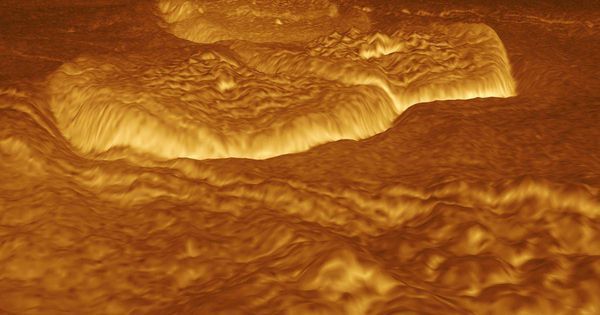

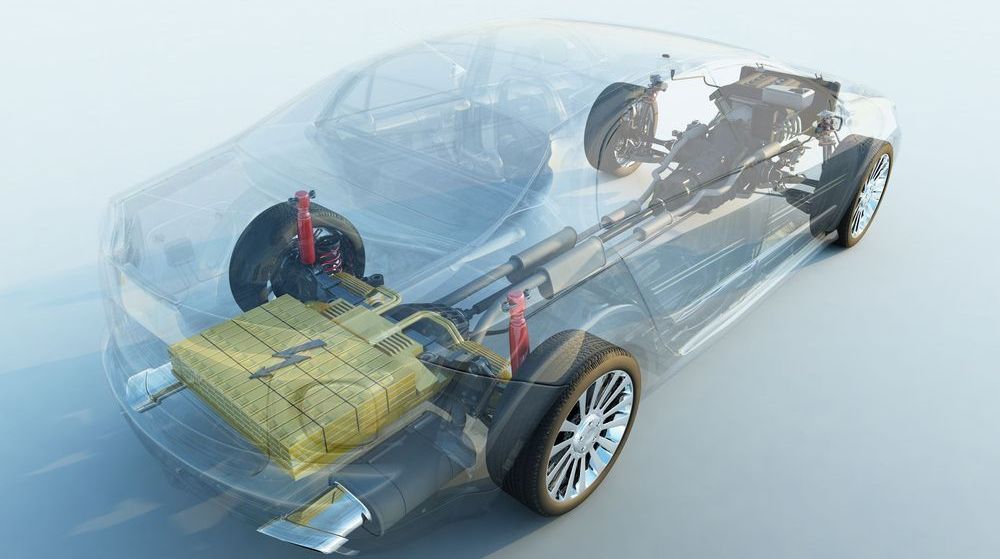
The i-CoBat project, operating under the UK government’s Faraday Battery Challenge, aims to create an electric vehicle (EV) battery pack which is cooled through immersion using MIVOLT, a biodegradable cooling fluid developed by specialist manufacturer M&I Materials, the project’s leader. Warwick Manufacturing Group (WMG), the manufacturing research arm of the University of Warwick, along with engineering consultancy Ricardo plc, are partnering with M&I to optimise the EV battery cooling technology for a longer lasting, safer battery product.
A UK consortium is developing new EV battery cooling technology, with the aim of minimising range anxiety for electric vehicle users.
Summary In this open-ended design/build project, students learn about the unique challenges astronauts face while eating in outer space. They explore different food choices and food packaging, learning about the seven different forms of food that are available to astronauts. Students learn about the steps of the engineering design process, and then, as if they are NASA engineering teams, they design and build original model devices to help astronauts eat in a microgravity environment—their own creative devices for food storage and meal preparation. A guiding design worksheet is provided in English and Spanish.
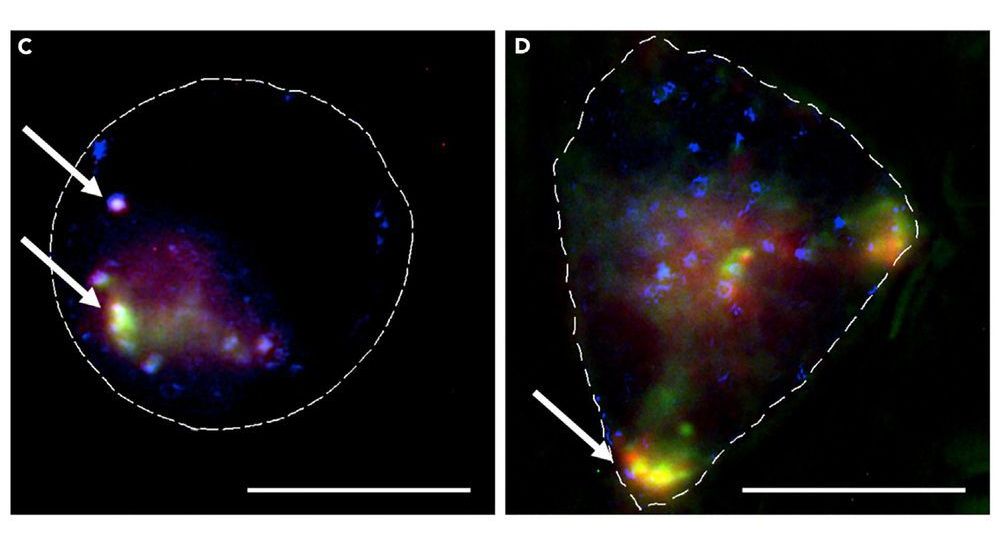
Scientists from the University of Cambridge have developed a platform that uses nanoparticles known as metal-organic frameworks to deliver a promising anti-cancer agent to cells.
Research led by Dr. David Fairen-Jimenez, from the Cambridge Department of Chemical Engineering and Biotechnology, indicates metal-organic frameworks (MOFs) could present a viable platform for delivering a potent anti-cancer agent, known as siRNA, to cells.
Small interfering ribonucleic acid (siRNA), has the potential to inhibit overexpressed cancer-causing genes, and has become an increasing focus for scientists on the hunt for new cancer treatments.
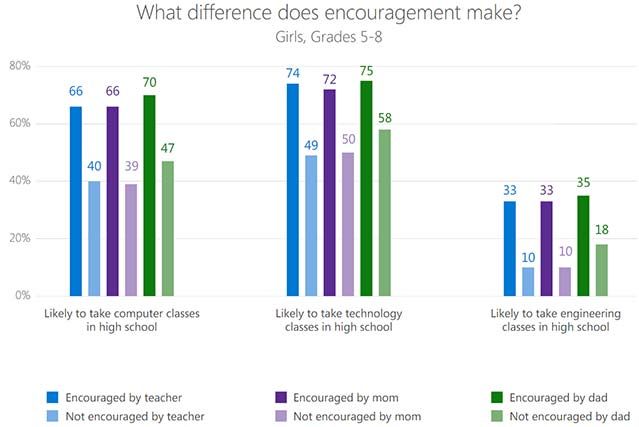
Generally girls lose interest in STEM careers as they get older. But, according to a new study, small changes at school and at home can have a profound impact on how girls perceive STEM careers, how confident they feel in class and how likely they are to pursue STEM academically and into their careers.
The study, “Closing the STEM Gap,” published today by Microsoft, surveyed more than 6,000 girls and young women on their interests and perceptions of science, technology, engineering and math. It found that girls tended to lose interest in STEM as they headed toward adulthood. And, by the time they’d finished high school, their interest had dropped substantially. For example, the report found that interest in computer science among females dropped 27 percentage points between middle school and college. According to the report: “In middle school … 31 percent of girls believe that jobs requiring coding and programming are ‘not for them.’ In high school, that percentage jumps up to 40. By the time they’re in college, 58 percent of girls count themselves out of these jobs.”
But, the study found, countermeasures both large and small can have a profound effect, including:
The Karez is a modern-day engineering marvel and a prime example of a native people working with, not against, the forces of nature to deliver their needs — in this case, water.
From the Series: China From Above: The Living Past http://bit.ly/2AEya5O
The competition between the United States and China on artificial intelligence is heating up recently. In the coming AI Race, can India with an abundance of engineering talent really catch up with the US and China?
Artificial Intelligence, Machine Learning, Robotics, and The Internet of Things (IoT) are one of the rapidly advancing technological developments. The rate of progress in the field of these is amazingly rapid. From SIRI to self-driving cars, artificial intelligence is changing our daily life in many ways.
India is on course to become the third-largest economy in the world (by GDP) within the next few years according to MIT Technology Review. Indian government released a report on artificial intelligence in 2018 that calls for the country to boost investment and focus on deploying the technology in manufacturing, health care, agriculture, education, and public utilities. Currently, around 400 new companies in India have put resources into work including artificial intelligence and machine learning.

According to MIT professor Seth Lloyd, the answer is yes. We could be living in the kind of digital world depicted in The Matrix, and not even know it.
A researcher in Mechanical Engineering at MIT, Lloyd is one of the leaders in the field of quantum information. He’s been with the field from its very conception to its sky-rocketing rise to popularity. Decades ago, the feasibility of developing quantum computing devices was challenged. Now, as quantum computation is producing actual technologies, we are only left to wonder—what kind of applications will it provide us with next?
But, first things first. In a round-table discussion with undergraduates, Lloyd speaks of his early days in the field with a touch of humor, irony, and most surprisingly—pride. When he just started to research quantum information in graduate school, most scientists told him to look into other areas. In fact, out of the postdoctoral programs he considered, not many were too invested in researching of information in quantum mechanics. Most universities and institutes were reluctant to take up quantum computing, but Murray Gell-Mann accepted Lloyd for a position at the California Institute of Technology. This is where many ideas behind quantum computation were born, and Lloyd is “excited by the popularity of the field today.”
EPFL scientists are developing new approaches for improved control of robotic hands—in particular for amputees—that combines individual finger control and automation for improved grasping and manipulation. This interdisciplinary proof of concept between neuroengineering and robotics was successfully tested on three amputees and seven healthy subjects. The results are published in today’s issue of Nature Machine Intelligence.
The technology merges two concepts from two different fields. Implementing them both together had never been done before for robotic hand control, and contributes to the emerging field of shared control in neuroprosthetics.
One concept, from neuroengineering, involves deciphering intended finger movement from muscular activity on the amputee’s stump for individual finger control of the prosthetic hand which has never before been done. The other, from robotics, allows the robotic hand to help take hold of objects and maintain contact with them for robust grasping.
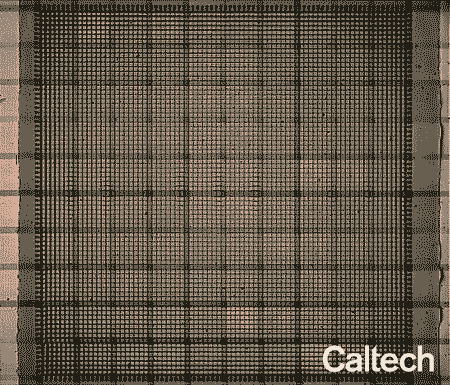
A newly developed type of architected metamaterial has the ability to change shape in a tunable fashion.
While most reconfigurable materials can toggle between two distinct states, the way a switch toggles on or off, the new material’s shape can be finely tuned, adjusting its physical properties as desired. The material, which has potential applications in next-generation energy storage and bio-implantable micro-devices, was developed by a joint Caltech-Georgia Tech-ETH Zurich team in the lab of Julia R. Greer.
Greer, the Ruben F. and Donna Mettler Professor of Materials Science, Mechanics and Medical Engineering in Caltech’s Division of Engineering and Applied Science, creates materials out of micro- and nanoscale building blocks that are arranged into sophisticated architectures that can be periodic, like a lattice, or non-periodic in a tailor-made fashion, giving them unusual physical properties.